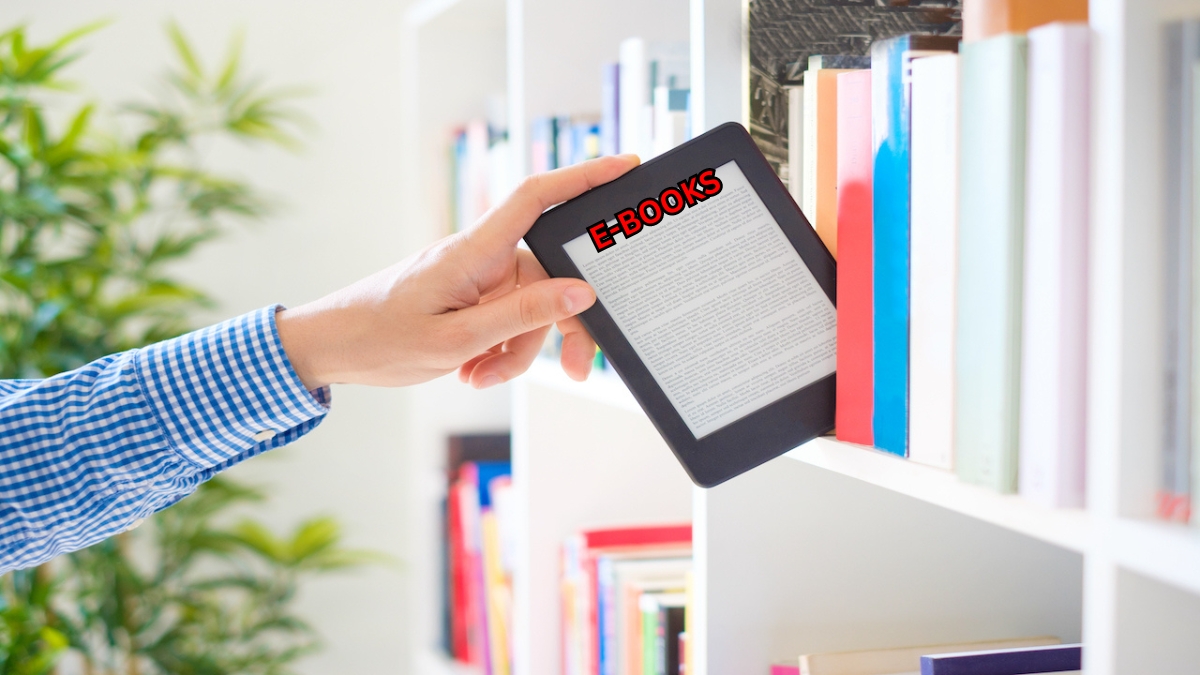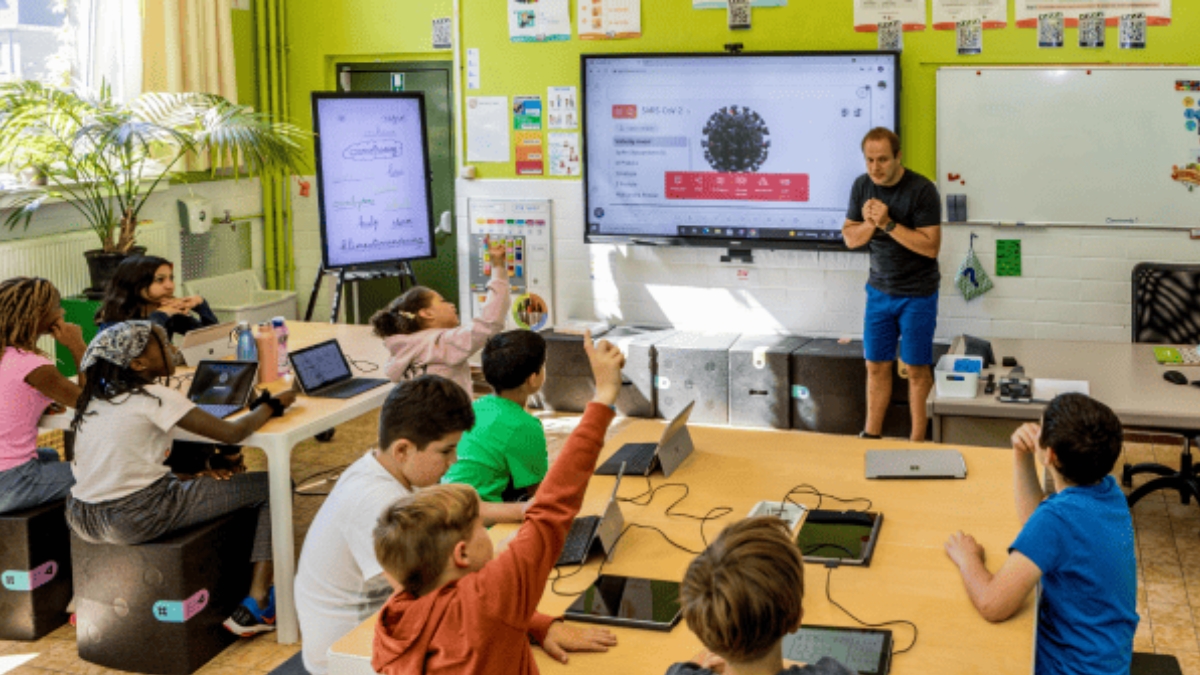From Classroom to Screen: Integrating Ebooks Into Education
As we sail through the digital age, the transition from ink and paper to pixels and screens has become inevitable. In the realm of education, this transformation is heralded by the integration of Ebooks into learning environments. But let’s be honest, while the shift from physical books to Ebooks might save a few trees, it’s also saving many students from the age-old workout routine of lugging around a backpack heavy enough to qualify as a gym session.
The Rise of Ebooks in Education
Why Ebooks?
The use of Ebooks in education isn’t just a fleeting trend—it’s a growing wave that’s reshaping how knowledge is consumed and delivered. Schools and universities are increasingly adopting digital libraries, a move that not only makes learning more accessible but also a bit less sleep-inducing than traditional textbooks. Imagine having an entire library at your fingertips, without ever risking a paper cut!
Benefits for Students and Teachers
One major perk of Ebooks is their ability to lighten both physical and mental loads. Students can carry thousands of books on a single device, and annotations can be made without defacing a cherished page. Teachers, on the other hand, can update educational materials without having to wait for the next printing press run. This instant update feature ensures that information stays current, which is crucial in subjects like science and technology where new discoveries are as frequent as misplaced homework.
How to Integrate Ebooks Successfully
Choosing the Right Technology
Integrating Ebooks into education starts with choosing the right platform and devices. This isn’t just about going digital, but also about ensuring that the digital experience doesn’t turn into a digital disaster. Compatibility, user-friendliness, and accessibility are key factors to consider to avoid turning a class into a tech support session.
Training for Effective Use
Once the right Ebooks platform is chosen, the next step is training teachers and students to use it. This phase is crucial—after all, not everyone is born a tech whiz. Effective training ensures that everyone can navigate through digital pages as easily as flipping through a physical book, minus the paper cuts.
Challenges and Solutions
Digital Distractions
While Ebooks bring a lot of convenience, they also open a Pandora’s box of distractions—social media notifications, games, and endless internet surfing can all steer attention away from learning. Setting up devices with education-focused configurations and ensuring robust digital discipline might just save students from falling into a YouTube spiral.
Ensuring Equal Access
Another challenge is ensuring that every student has equal access to digital resources. It’s essential to provide necessary devices or software to students who might not have them. Think of it as digital equity—providing everyone with the tools they need not just to learn, but to excel.
Looking Forward: The Future of Ebooks in Education

Continuous Adaptation and Improvement
The future of Ebooks in education looks bright, but it demands continuous adaptation. As technology evolves, so must educational practices. This means regularly updating software, integrating new learning tools, and always being on the lookout for how to make digital learning even more effective and engaging.
Beyond the Classroom
Ebooks are not just for the classroom; they extend the learning environment to anywhere with an internet connection. This flexibility allows students to learn at their own pace and in their own space—whether that’s at a cafe sipping a latte or at home in their pajamas.
Conclusion
As we embrace Ebooks in education, we’re not just swapping out books for devices; we’re opening up a myriad of possibilities that can transform learning into a more interactive, engaging, and accessible experience. The transition from classroom to screen may come with its challenges, but with a bit of humor and a lot of planning, it could lead to a future where learning is literally at everyone’s fingertips. So, let’s turn the page on traditional education and tap into the potential of Ebooks. After all, who wouldn’t want to carry their entire library in their pocket, minus the backache?
To learn more about how Ebooks can enhance educational experiences, visit Ebooks Edu.
By integrating Ebooks into educational systems wisely and humorously, we’re not just moving with the times—we’re shaping the future of learning.
